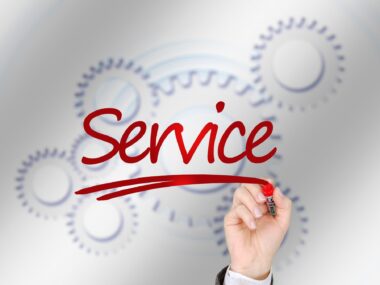In today’s world, reputations can change overnight. A single misstep, whether it’s a tweet that sounds tone-deaf or a bad product launch can lead to criticism. The experience can feel overwhelming, but it’s also an opportunity for growth. What defines us isn’t the mistake itself, but how we respond and rebuild.
This guide will help you navigate public backlash, so you can emerge on the other side stronger than before.
Taking Responsibility
The first step in navigating public criticism is to acknowledge the issue. A sincere, timely statement shows accountability which sets the foundation for regaining trust.
This goes beyond admitting that something went wrong. It means taking full responsibility without deflection, excuses, or minimizing the harm. By doing this, you show respect for those affected. Owning your mistake is the critical first step toward recovery.
Actions Speak Louder Than Words
Words can express regret, but real change is proven through action. After acknowledging the issue, demonstrate a concrete plan to make things right.
- Outline the steps you’ll take to correct the mistake.
- Develop or reaffirm a clear code of ethics that guides your future decisions.
- Share progress updates to show that improvement is happening.
Demonstrating your values to the public builds transparency. It gives people a way to measure your progress. Over time, consistent action will do more to rebuild public confidence than any apology ever could.
Transparency and Open Communication
In a world where words travel faster than the speed of light, silence can make things worse. Transparency helps you regain control of the narrative and earn back credibility.
Be proactive when you’re communicating. If misinformation contributed to the backlash, correct it promptly with verified facts. Engage with your audience through AMA (ask me anything) sessions, social media, or a dedicated website. Most importantly, listen to what the people have to say. Being heard is just as important as being informed.
Learning from Mistakes
Every crisis carries a lesson. Reflect on what went wrong and identify the root causes, not just the visible symptoms. Then, share what you’ve learned to demonstrate that you’re committed to doing better.
Some meaningful recovery steps include:
- Conducting internal reviews or audits.
- Revising policies and procedures.
- Offering additional training for your team.
- Instituting safeguards to prevent recurrence.
Showing that you’ve turned an incident into an opportunity for improvement earns respect.
Rising Above the Challenge
Dealing with public backlash is never easy. By owning your mistakes, communicating openly and committing to meaningful change, you can turn the tide.
Rebuilding trust takes time, consistency, and humility. Yet those same qualities are what cause people to believe in you again. Each honest step forward shows that mistakes don’t define you. Your response does.
📌 Changelog
- December 14, 2025: Changed the formatting and re-wrote some sections to improve the flow. Changed focus for businesses.
- May 9, 2024: Date article was originally published.






